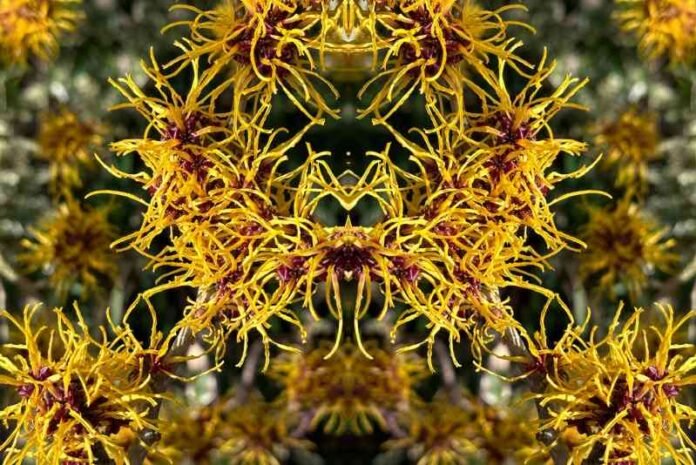As the day temperature drops and night gets colder, garden soil remains warm and it’s a sign that you still have chance to grow plants.
Perennials are plants that come back every year during the growing season. You don’t have to plant them annually.
Though most perennials prefer warmer temperatures to grow and bloom, there are few exceptions that can tolerate colder months.
In this write-up you’ll learn growing requirements of the perennial and optimal time to plant them.
While planting, plan for a mix of late-season bloomers and true winter-flowering perennials can carry the garden with blossoms, fragrance, and texture when most plants are dormant.
You don’t have to lose color when summer ends. Pick fall and winter bloomers—like hellebores, witch hazel, camellias, and cyclamen—to keep flowers, fragrance, and structure going when most plants are sleeping.
Plant about 6–8 weeks before your first hard frost. Focus on good drainage, add mulch to prevent frost heave, and group plants where they’ll get the right light and shelter. Prune at the right time, and enjoy blooms from late fall into early spring.
When to Plant Perennials to Bloom in Fall and Winter?
Fall is one of the best times to plant perennials because cooler air and warm soil reduce transplant stress and fuel strong root development before winter, setting plants up for better performance next season.
Aim to plant about 6–8 weeks before the first hard frost so roots establish while the ground is still workable; keep newly planted perennials watered if rainfall is sparse in autumn.
Early-blooming perennials often perform even better when planted in fall, and many shade perennials (such as hellebores) are ideally planted in cool weather, including fall and early spring.
17 Perennials That Bloom in Fall and Winter
While choosing perennials you must ensure the plants can thrive in shade or shorter days and should be able to tolerate colder winds.
1. Hellebores

Hellebores (Christmas/Lenten roses) bloom from winter to early spring with nodding flowers in white, green, pink, or deep purple. They’re hardy, mostly evergreen, and usually ignored by deer and rabbits.
Plant in partial to full shade in moist, well-drained, rich soil. Plant in cool weather (fall to spring), mulch, and water to establish. Expect blooms anytime from early winter to late spring, depending on climate. In late winter, remove old, ragged leaves so the flowers show better.
2. Witch Hazel


Witch hazel is a deciduous shrub or small tree that blooms in fall and winter with spidery yellow, orange, or red flowers, often sweetly scented on cold days. It’s low-maintenance and generally pest- and disease-resistant, adding rare midwinter color and fragrance.
Plant in full sun to partial shade in well-drained, moderately acidic soil. Give it room to spread and water during dry spells in the first year. Bloom time usually runs from late fall into winter, sometimes early spring, depending on species and climate.
3. Algerian Iris


Algerian iris (Iris unguicularis) forms neat clumps and sends up delicate, fragrant lilac flowers in late winter, brightening the garden when color is scarce. It’s low-maintenance and looks great near paths or patios where blooms can be enjoyed up close.
Grow in full sun to part shade in well-drained soil; avoid heavy, overly rich sites. Water to establish, then keep on the dry side in summer. Divide clumps when growth slows. Expect flowers in late winter into early spring, often during mild spells.
4. Camellia


Camellias are evergreen shrubs with glossy leaves and rose-like winter flowers in white, pink, or red. In mild climates, many varieties bloom from winter into spring, adding color and structure when most plants are bare.
Plant in partial shade with acidic, organic, moisture-retentive but well-drained soil. Protect from hot afternoon sun and drying winds, and mulch around the roots to keep them cool and moist. Bloom time varies by cultivar and climate, typically winter through spring; choose cold-hardy types if your winters are severe.
5. Cyclamen


Cyclamen produce butterfly-like flowers in pinks, reds, and whites above patterned leaves, blooming from fall through winter into spring. Some species suit garden beds; others shine in cool-season containers. They add welcome color under deciduous trees as leaves drop.
Plant hardy types in partial shade in well-drained, humus-rich soil. Water sparingly—tubers dislike soggy conditions—and keep summers on the dry side for good health. Bloom time varies by species and climate but typically runs from fall through early spring, with flushes during mild spells.
6. Winter Jasmine


Winter jasmine is a deciduous, arching shrub that brightens mid to late winter with cheerful yellow flowers on bare green stems, often blooming even during cold spells. It’s reliable on slopes, walls, or trellises for a cascading winter display.
Grow in full sun to part shade in average, well-drained soil. Water to establish, then it’s fairly drought-tolerant. Prune right after flowering to shape the plant and encourage new shoots that will bloom next winter. Expect flowers from winter into early spring, depending on local temperatures.
7. Winterberry Holly
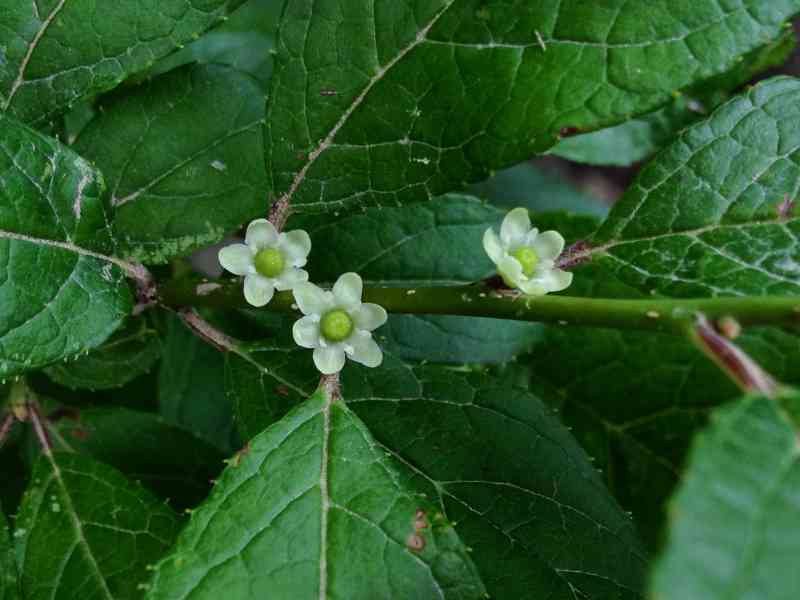

Winterberry (Ilex verticillata) has small summer flowers, but female plants shine in late fall and winter with bright red berries—provided a compatible male is nearby. The fruit offers bold seasonal color and valuable bird food, creating a “winter bloom” effect, especially striking against snow.
Plant in full sun to part shade in moist, acidic soil. Include at least one male within about 50ft for pollination. Berries set after summer bloom and often persist through winter, unless birds eat them. Choose cultivars with overlapping bloom times.
8. Hardy Viola


Many violas act as short-lived perennials in mild climates, providing cold-tolerant color into late fall and often through winter thaws, bouncing back repeatedly. They’re ideal for edging, window boxes, and containers that need winter cheer.
Grow in full sun to part shade with fertile, well-drained, consistently moist soil; deadhead to extend bloom. Expect repeated flushes from fall through winter into early spring in suitable climates.
9. Snowdrops


These bulbous perennials are among the earliest bloomers, pushing dainty white bells through frozen soil in late winter, bridging the gap to spring.
They naturalize beautifully in drifts beneath deciduous trees and shrubs where winter light reaches the ground.
Plant bulbs in fall in partial shade with well-drained, humus-rich soil; allow foliage to die back naturally after bloom to recharge bulbs. Bloom time is late winter to very early spring depending on climate.
10. Glory-of-the-Snow


Glory-of-the-snow are small bulbs that return yearly with starry blue, pink, or white flowers as winter recedes, thriving with minimal care and often spreading into cheerful carpets.
They’re durable, disease-resistant, and deer-resistant, perfect for naturalizing.
Plant in fall 2–3in deep in sun to partial shade with well-drained soil; avoid disturbance for best clump expansion. Flowering is typically very early spring, often overlapping the tail end of winter in milder climates.
11. Helleborus niger
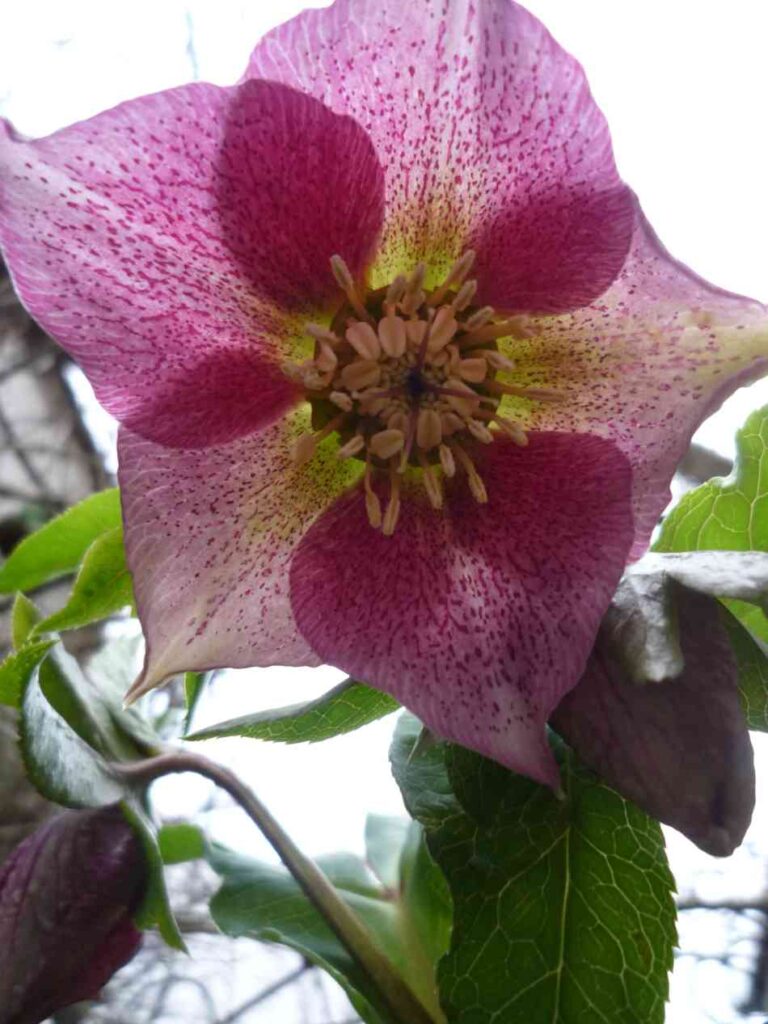

A distinct hellebore species prized for blooming around December in mild years, Christmas rose bears pristine white flowers that can emerge in mid-winter or as soon as snow melts where winters are harsher.
It’s exceptionally cold-hardy and a mainstay for true winter bloom in shaded beds.
Grow in partial shade with moisture-retentive, free-draining soil; plant during cool weather and avoid feeding other perennials in fall while feeding hellebores as they grow actively in cool seasons.
Blooming occurs from early winter through late winter/early spring, varying by climate.
12. Black-eyed Susan


While best known as summer bloomers, many Rudbeckia selections carry flowers well into fall, extending color as nights cool, especially in prolonged mild autumns. They’re rugged, pollinator-friendly, and mix seamlessly with other late-season perennials.
Grow in full sun with average, well-drained soil; deadhead for extended bloom and leave some seedheads for birds and winter interest. Peak bloom is summer into fall, often lasting to frost in many regions.
13. Chrysanthemum


Mums are classic fall perennials, delivering dense mounds of daisies in every autumn shade and providing vital late nectar for pollinators.
Modern hardy garden mums, planted in the ground and allowed to root in summer, overwinter better and return reliably.
Plant in full sun with fertile, well-drained soil; pinch in early summer for bushier plants and plant hardy mums well before frost so they establish.
Blooming occurs in late summer through fall, often peaking in mid-to-late autumn.
14. Toad Lily


Toad lily brings orchid-like, speckled flowers to shade gardens just as many borders are winding down, with blooms appearing from late summer into fall and often lasting until frost in suitable climates.
Plants prefer consistently moist conditions and shine along woodland edges or shaded paths where their intricate flowers can be appreciated up close.
Plant in part to full shade in rich, well-drained soil that stays evenly moist; avoid dry sites and mulch to conserve moisture through late season.
Set divisions or nursery plants in spring or early fall to establish before freezing weather; expect flowering in late summer through fall, sometimes up to first frost depending on region.
15. Monkshood
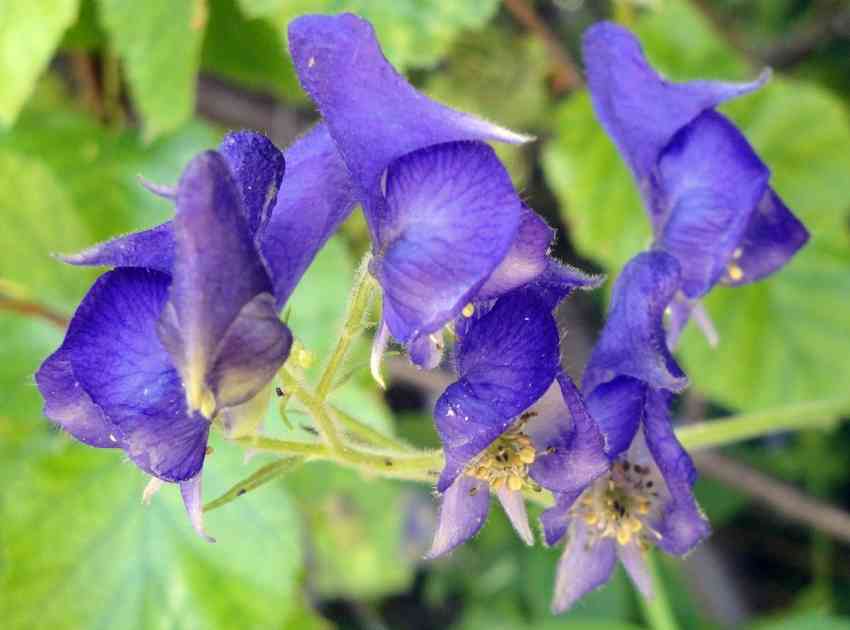

Monkshood offers tall spires of saturated cobalt-blue flowers that peak in early to mid-fall, often October, providing strong color as nights cool.
Plants prefer full sun in cooler regions or dappled shade in warmer areas, with evenly moist, well-drained soil to avoid stress and flopping.
Plant in spring or early fall in moisture-retentive, well-drained soil; stake if exposed to wind, and wear gloves when handling because all parts are poisonous. Expect bloom late summer to mid-fall, with ‘Arendsii’ known for a particularly late and showy display in autumn borders.
16. Asters
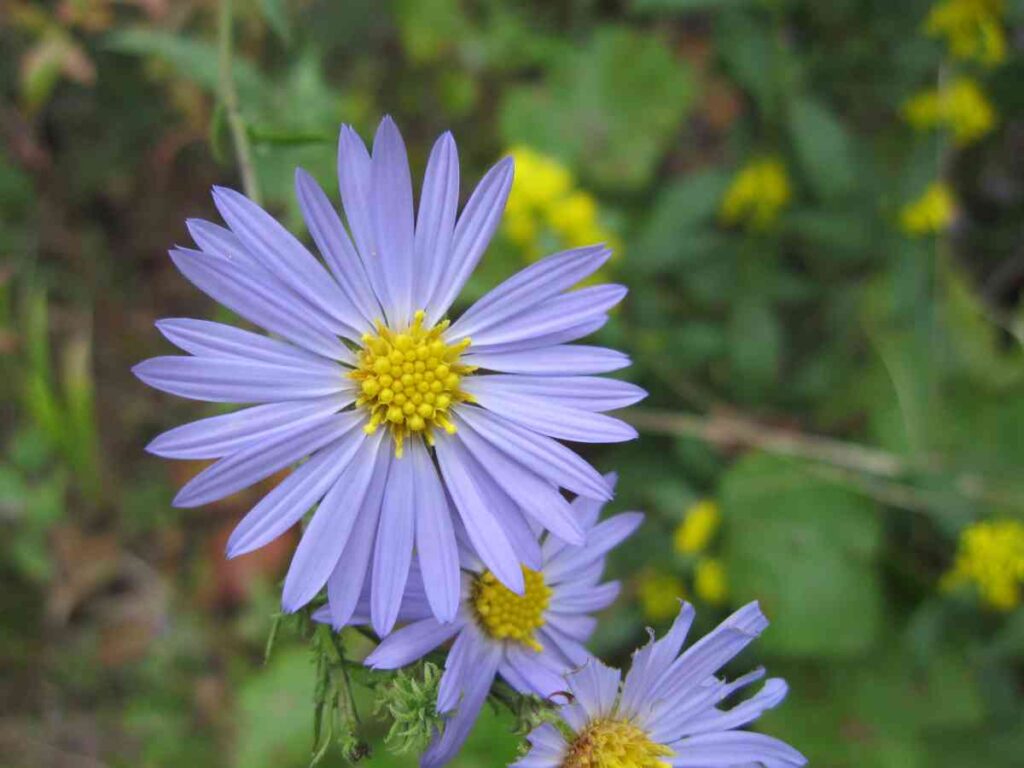

Hardy asters carry the garden into fall with clouds of lavender-blue daisies that feed late pollinators and pair well with grasses and seedheads for seasonal texture.
They’re adaptable in full sun to part shade with average, well-drained soils and benefit from a midsummer pinch to reduce height and delay bloom for a longer fall show.
Plant in spring or fall in sunny, well-drained beds; water to establish, then allow average moisture, and deadhead lightly to tidy while leaving some seedheads for wildlife.
Flowering typically runs late summer through fall, often peaking as other perennials fade and persisting until frost.
17. Goldenrod
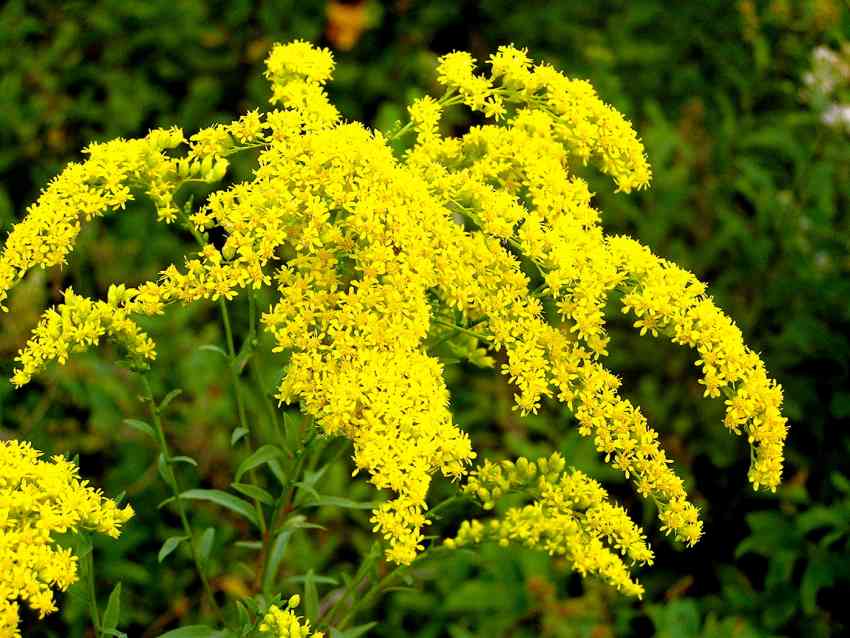

Modern goldenrod cultivars are compact, clump-forming, and explode with arching spires of golden-yellow flowers in late summer through fall, drawing diverse pollinators without causing allergies (ragweed is the usual culprit).
They tolerate varied soils and light from full sun to part shade, making them easy to weave into borders for autumn brightness.
Plant in spring or early fall in medium, well-drained soil; shear taller types by half in early June to keep plants compact and push bloom later into fall.
Expect a long fall display, with sprays holding color well into the season and combining beautifully with asters and grasses.
Planting and Establishment Tips
- Time it right: Target 6–8 weeks before your local first hard frost so roots develop before the ground freezes.
- Location and soil: Match sun/shade needs and ensure good drainage; most winter-flowering perennials dislike waterlogged soil.
- Water and mulch: Water deeply at planting and during dry spells; mulch 2–3in to moderate soil temperatures and retain moisture.
- Winter care: Some cool-season growers like hellebores benefit from planting and feeding during fall and early spring when they’re active.
Conclusion
A four-season garden is within reach by combining late-season bloomers like mums and Rudbeckia with true winter performers such as hellebores, witch hazel, winter jasmine, and early bulbs.
Planting perennials in fall leverages ideal root-building conditions and fewer pests so beds mature faster and bloom stronger when cold weather arrives.
With the right selections and timing, the garden can carry color, fragrance, and life from the first frosts through the heart of winter and into early spring


Khaja Moinuddin, a computer science graduate, finds joy in gardening and homesteading. Join him on this blog as he shares his experiences in homesteading, gardening, and composting


